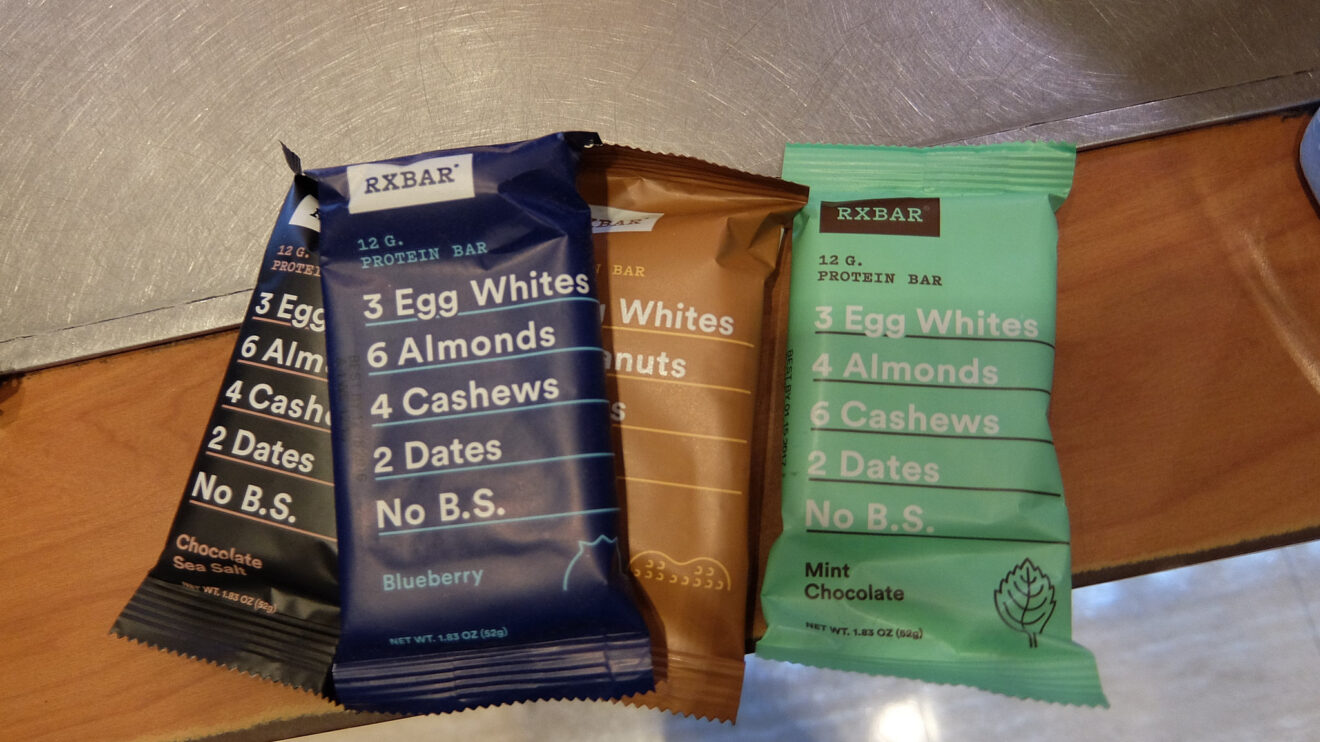Walk through any supermarket or big box store and it’s clear that packaging is becoming more spare and simple. From the RxBar to Method’s cleaning products and beyond, manufacturers are taking busy patterns and bright colors off of many items and replacing them with simplified alternatives.
Whether producers will continue the trend is unclear — although some new items are hitting shelves with simple packages, others are still opting for more robust looks that convey images, product information or other data right on the package.
Colorful packaging won’t disappear
In some cases, simplified packaging can attract consumers, but in other situations, it could create an uphill battle for brands, says Jacqui Dawson, creative director with The Content Crew, which provides marketing and branding services to businesses. “Simplified packaging works for products bought online and by subscription, or for products you already know you like and want to buy in bulk or regularly,” Dawson says. However, branded, well-designed and attractive packaging can entice shoppers to discover new products, she adds.
Case in point: The founders of better-for-you pancake and waffle brand Birch Benders defied the simplification trend and debuted packaging that has bright colors and multiple images. “While our packaging breaks all of the rules of the current trend — it’s busy, it’s not minimalist, there’s a lot going on — people love it,” co-founder Lizzi Ackerman told Entrepreneur. “You don’t always have to follow the rules.”
In some cases, packages that have a lot of graphics and information on them may be telling you more about the product, allowing the company to use the package as a marketing and sales vehicle. “So any money saved on packaging if you go simple has to be put into initial promotion and marketing so people will buy into the brand before using it,” Dawson said.
What’s inside really does count
When shoppers are browsing the grocery aisles, if they don’t know anything about the different types of products, they’ll usually opt for the one that is most visually appealing to them, which depends on the shopper’s personal preferences. However, when they get that product home, it’s what’s inside that matters and the packaging becomes much less important.
“Anyone developing a product is obviously trying to make it commercially viable and something people will want to buy more than once, especially in the food and beverage market,” Dawson said. “If it’s not a good product, no amount of good design is going to fix sales numbers in the long term.”
Therefore, manufacturers should ensure that the product itself is perfect before they put it on shelves, since consumers will be judging its quality long after they’ve been drawn in by the packaging.
_______________________________________
If you enjoyed this article, sign up for GMA SmartBrief to get news like this in your inbox, or check out all of SmartBrief’s food and travel newsletters as we offer more than 30 newsletters covering the food and travel industries from restaurants, food retail and food manufacturing to business travel, the airline and hotel industries and gaming.
